A successful student is often recognized not only for their knowledge but also for their thinking skills. The classroom serves as the breeding ground for these essential qualities, making it crucial to understand how to encourage creativity in the classroom. Creativity in education is the catalyst for good thinking, and educators worldwide emphasize the importance of fostering creativity in classrooms. While some children are naturally creative, most can develop these skills through positive classroom experiences.
Math & ELA | PreK To Grade 5
Kids see fun.
You see real learning outcomes.
Watch your kids fall in love with math & reading through our scientifically designed curriculum.
Parents, try for free Teachers, use for free
You might wonder how to encourage creativity in the classroom and how it can enhance thinking capabilities in children. Let’s explore some widely accepted smart classroom activities and strategies that stimulate creativity in children, ultimately helping them develop strong thinking skills.
5 Importance of Fostering Creativity in the Classroom
Helping students grow their creative skills can bring both direct and indirect benefits. Instead of feeling in trouble or embarrassed for trying new things, students can feel okay about taking chances and making mistakes in a creative learning space. Let’s look closer to understand why encouraging creativity in the classroom is a big deal.
1. Boosts Thinking Skills: Doing creative stuff makes students think differently and find new solutions.
2. Keeps Students Interested: When students can explore what they like and be creative, they get more into learning.
3. Makes Teamwork Better: Creative projects involve working together and sharing ideas, helping students get better at talking and working with others.
4. Builds Confidence and Self-Expression: Creativity lets students discover who they are, feel more sure about their unique skills, and find their way of expressing themselves.
5. Teaches Important Life Skills: Creativity isn’t just about being artsy; it’s a skill for all life. Students learn to be clever, adaptable, and strong by encouraging creativity. They figure out how to think differently, take chances, and learn from mistakes, which are important for success in everyday life.
Related Reading: Essential Life Skills Activities for Kids: Beyond ABCs
Top 9 Tips to Encourage Creativity in the Classroom
1. Creative Team Building
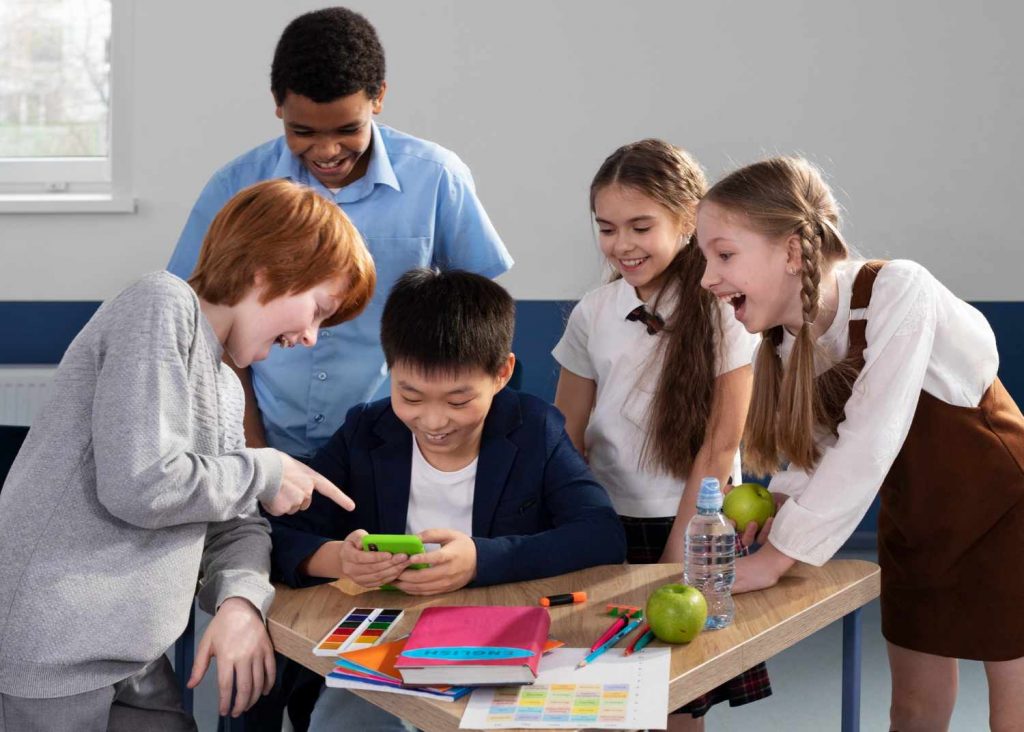
Smart schools understand the importance of team-building activities alongside the standard curriculum. Allocating dedicated time for such activities every week helps students get to know each other better and encourages teamwork. These activities involve assigning tasks to teams collaborating to achieve impressive results. Team building gives students a break from their studies and nurtures a creative learning environment. This fosters improved thinking processes and encourages students to appreciate different perspectives.
2. Student Teachers: Learning by Teaching

Innovative teaching strategies sometimes involve students taking on the role of teachers. Students are assigned teaching topics, giving them time for research and reflection before presenting. This approach not only bolsters their confidence and oral communication skills but also offers a glimpse into their unique ways of thinking about a subject and thereby helps to improve creativity.
Related Reading: Best Tips For a Student-Centered Learning Environment
3. Brainstorming Sessions
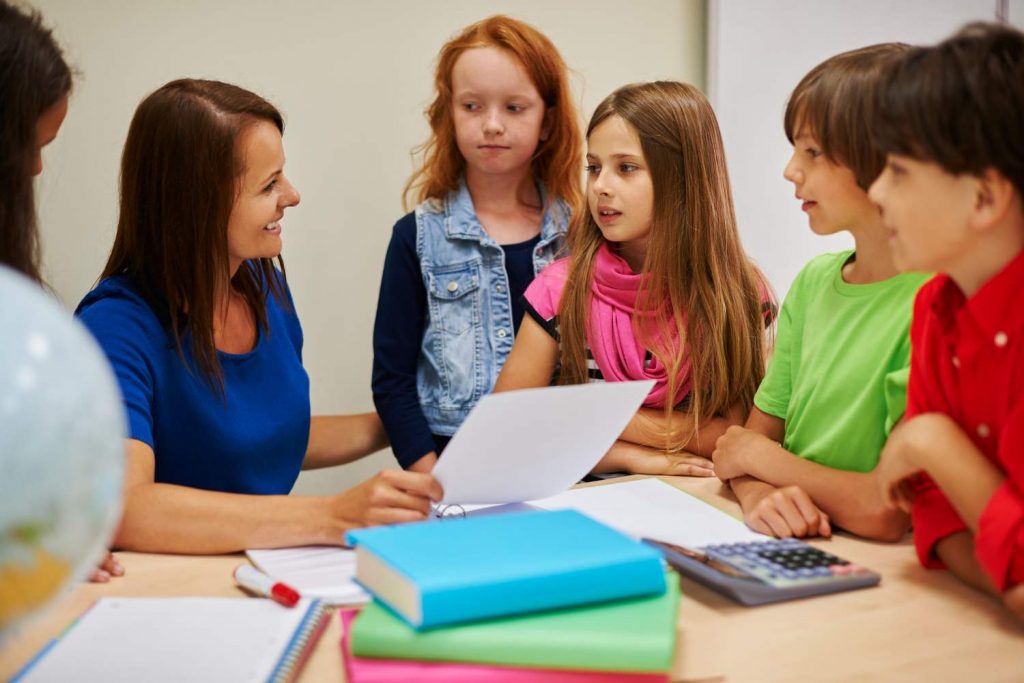
Brainstorming sessions are excellent for stimulating problem-solving and intellectual thinking. Puzzles and activities that challenge students’ minds encourage deep thinking and allow children to showcase their problem-solving skills. Engaging in activities that prompt critical thinking helps sharpen their cognitive abilities, memory, and overall brainpower.
Related Reading: Fun Problem-Solving Activities for Growth Mindset
4. Storytelling and Imaginative Thinking
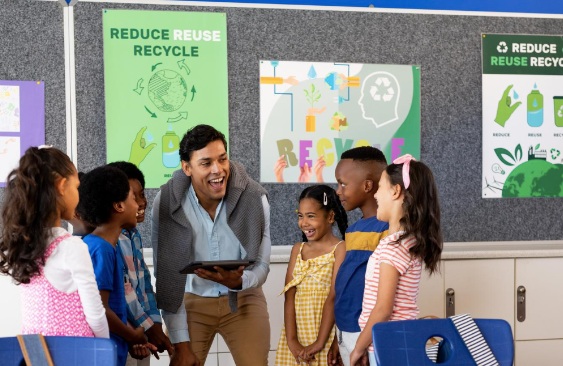
Storytelling is a powerful tool to engage students‘ imagination. When teachers tell stories, students visualize the characters and scenarios in their minds, all products of their creative thinking. Encouraging students to create their own stories or even visual representations of stories through drawings and crafts can further enhance their creativity. Promoting reading from an early age nurtures good readers, good speakers, thinkers, and compassionate individuals.
Related Reading: Best Storytelling Activities for Kids
5. Open-Ended Projects
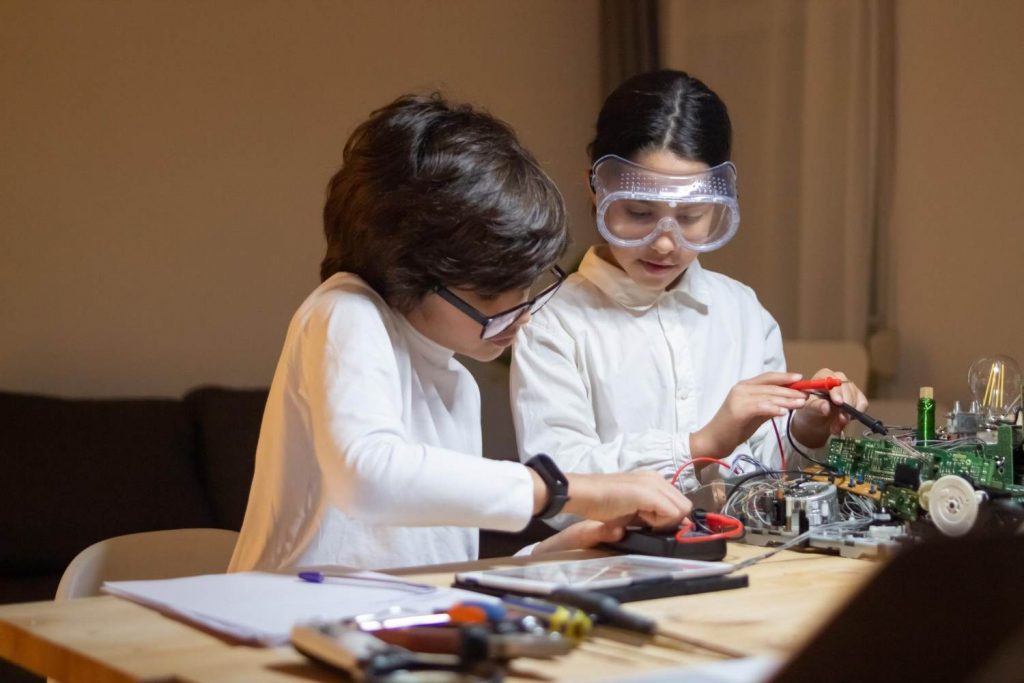
Traditionally, students are given project guidelines, topics, and a specific evaluation method. However, open-ended projects offer a different approach. In these projects, students can explore their ideas without strict guidelines. This encourages creative thinking and allows them to experiment with various concepts. Instead of following rigid instructions, students can experience excitement as they explore different ideas.
Related Reading: What is Creative Play for Kids: Its Importance & Activities
6. Classroom Debates

Classroom discussions, particularly debates, are creative classroom ideas that allow students to express their opinions and thoughts on various topics. Debates encourage critical thinking as each student must formulate their perspective and respect the views of others. This collaborative atmosphere promotes peer learning rather than competition.
Related Reading: Interesting Debate Topics for Kids of All Ages & Grades
7. Unconventional Learning Materials

Introducing unconventional learning materials occasionally can pique students’ interest and encourage them to think outside the box. Incorporating TED talks, podcasts by inspirational speakers, and interactive technology like smart boards and educational apps can ignite students’ creativity and enthusiasm for learning.
8. Imaginative Thinking Activities
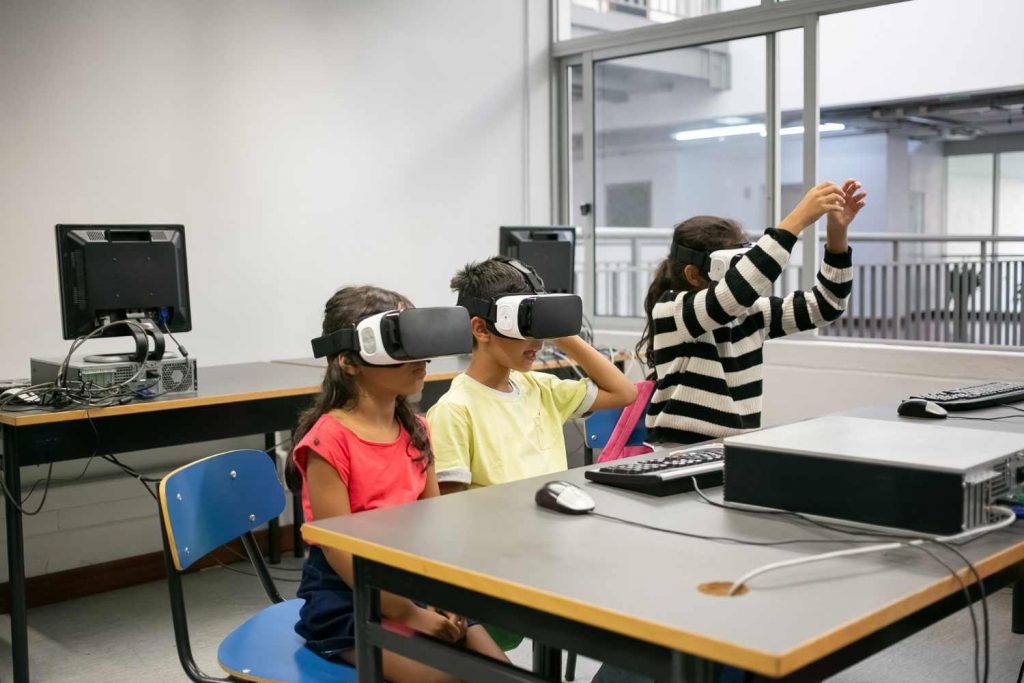
Children have an almost seamless boundary between imagination and reality. That is why educators must understand the importance of creativity in the classroom. Activities such as puppet shows allow students to exercise their imaginative thinking. They visualize scenarios and concepts, deepening their understanding. Interactive games that require imagination, decision-making, and problem-solving skills are also effective. Encouraging students to invent new games based on novel concepts can stimulate their creativity.
Related Reading: Best Children's Books to Stimulate Kids' Imagination
9. Pursuing Passions

Allocating dedicated time each week for students to explore their passions, whether in singing, dancing, writing, painting, or sports, allows creativity to flourish. Engaging in the arts alongside the standard curriculum encourages deeper thinking. Recognizing the value of these creative pursuits rather than considering them unconventional is essential for personal growth.
Related Reading: Best & Innovative STEM Activities for Kids
Models to Develop Creativity in the Classroom
1. Osborne-Parnes Model
This classic model highlights the creative process’s cyclical nature, involving four stages:
- Orientation: Figuring out the problem or challenge.
- Idea-finding: Coming up with many possible solutions through brainstorming, questioning, and using different thinking techniques.
- Idea-development: Making the best ideas even better by adding details, exploring, and getting feedback.
- Solution application: Putting the chosen solution into action and checking how well it works.
This model is a great way to encourage creativity because it’s organized and has clear steps, making it easy to use in lesson plans.
2. The Incubation Model
The Incubation Model, created by E. Paul Torrance, works in three steps:
- Get Excited: Connect what’s happening in the classroom to students’ real lives. Make them eager to learn.
- Dive Deeper: Explore the curriculum in fresh ways. Come up with ideas and create chances to solve a new problem.
- Keep it Rolling: Don’t stop thinking after the lesson or class. Find ways to keep learning going at home or in the community.
3. SCAMPER Technique for Creative Thinkers
This technique gives prompts to spark creative thinking and create new ideas. SCAMPER stands for:
S: Substitute – Can you exchange something in the current scenario?
C: Combine – Can you blend two or more elements in a fresh way?
A: Adapt – Can you modify an existing idea to fit a new context?
M: Magnify/Minify – Can you amplify or shrink something in a creative manner?
P: Put to Other Uses – Can you repurpose something for a different function?
E: Eliminate – Can you remove or eliminate something?
R: Rearrange – Can you reorganize or change the order of something?
This technique is super helpful for brainstorming and getting students to think creatively beyond the usual.
Role of Teacher in Enhancing Creativity
1. Letting Kids Take the Wheel
Imagine if students got to decide some things about what they learn. That feeling of control makes them feel grown-up and responsible for their education. And you know what happens when someone is all in? They bring out their A-game. So, giving students a say boosts their motivation and sets the stage for some seriously cool and creative ideas.
2. Being the Cool Judge
Teachers are like judges in the creativity arena. But here’s the deal – they need to be more like the cool judges, not the strict ones. No quick judgments or snappy comments without really checking things out. Language matters, too. Instead of just pointing out what’s wrong, it’s about giving helpful tips when needed and throwing in a high-five when students nail it. That way, teachers become the cheerleaders of creativity, not the buzzkills.
3. Promoting Self-Evaluation
Instead of the teacher simply giving their take on where a student could improve, why not flip the script a bit? Make it a point to ask the students what they think they could do better based on their work. This way, it’s not about tearing down their efforts but seeing it as a chance to grow.
4. Empowering Students the Gentle Way
Ever heard of soft empowerment? It’s not about teachers pushing students directly; it’s about letting the students express what clicks for them. This approach works wonders because it builds up confidence in the students. Plus, it helps them recognize their strengths and determine how to make them stronger. It’s not just a classroom trick; it’s a confidence booster for life outside those classroom walls.
Conclusion
Classrooms serve as fertile ground for nurturing creativity and thinking skills in students. These strategies on how to encourage creativity in the classroom go a long way in ensuring that every child has the opportunity to develop into a creative thinker, thus shaping a brighter future.
Related Reading: What Is “Inquiry-Based Learning”?: Types, Benefits, Examples
Frequently Asked Questions (FAQs)
How will you encourage your students to express their creativity?
Let your students take risks in their projects to spark their creativity. Give them time to explore their ideas and find innovative solutions. This way, they can show you how creative they can be when they put their minds to it.
How do you build creative confidence in students?
As a teacher, instead of telling students what to think, let them explore their ideas. Allow them to express their thoughts in creative ways. Doing small creative things daily will boost their confidence and make creative thinking a big part of their life.
























